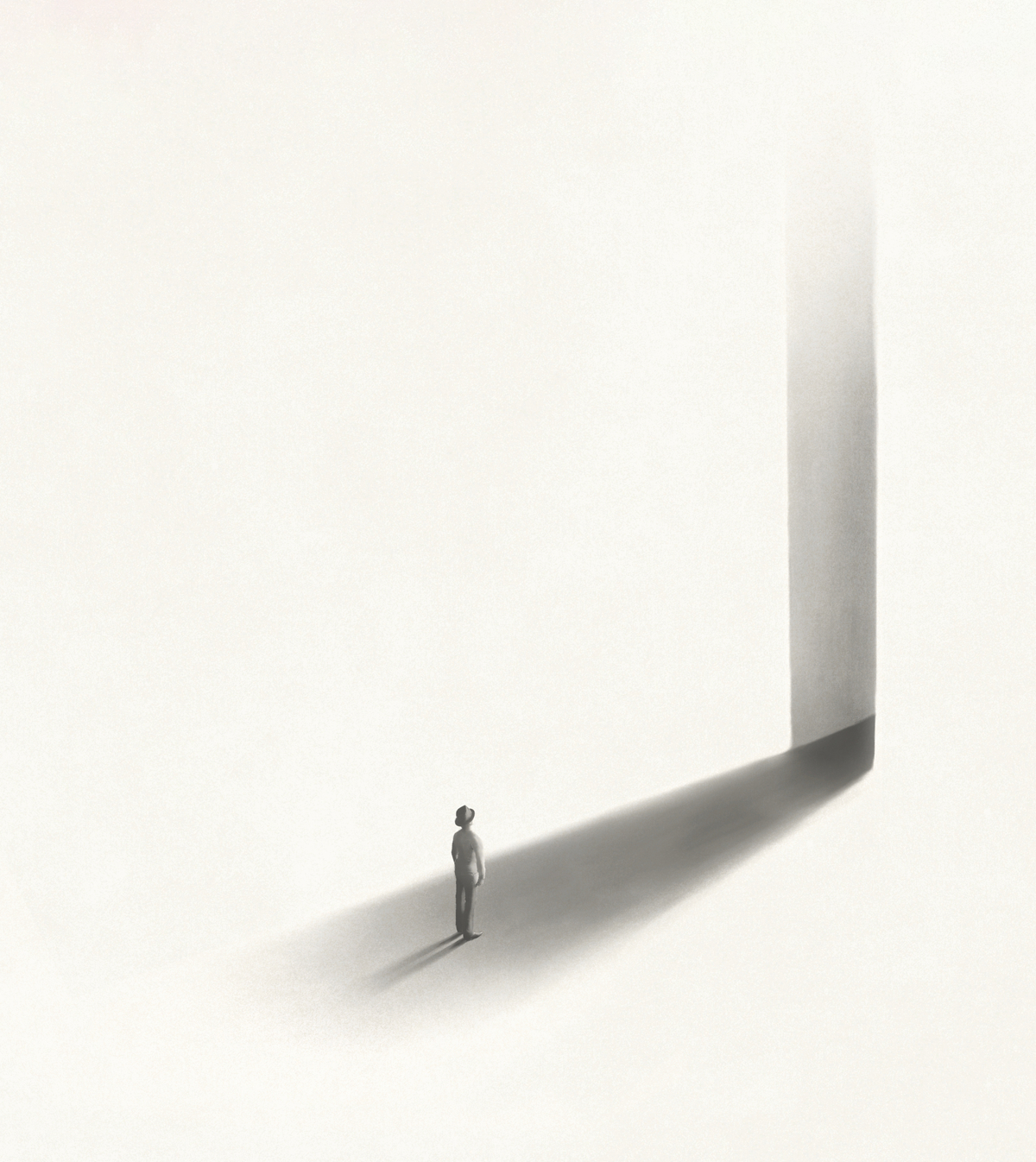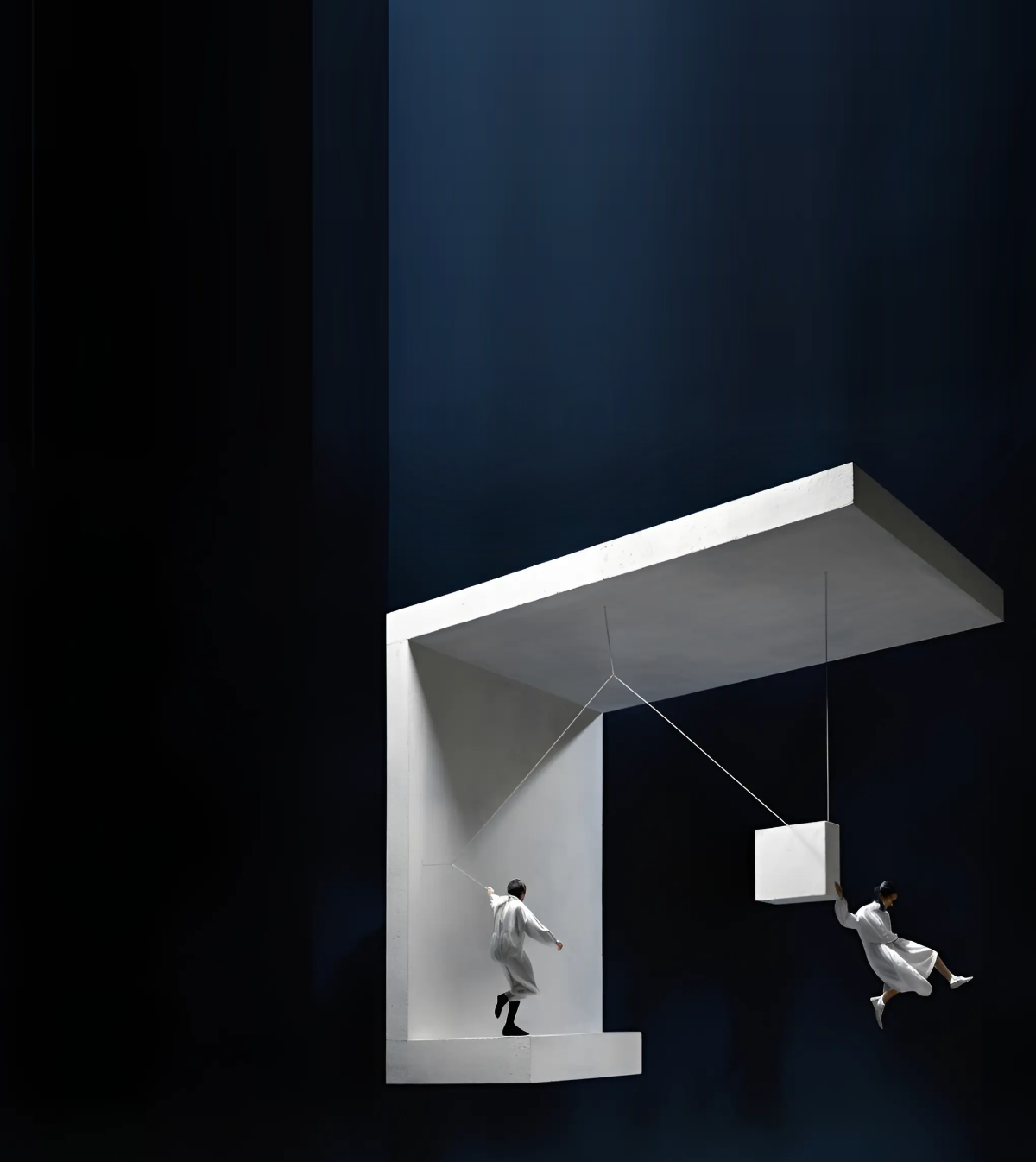We’d like to take the opportunity to introduce you to one of our Honorable mention winners for our “Mega Dunes Eco Lodges” competition – Natalia Lajusticia, Beatriz Matínez, Laura Aguilar and Sergio Perdiguer from Spain!

Team from Universidad De Zaragoza
We are actually not a company, but an association of four architecture students that met in their first undergraduate year and have worked together for six years until now, when we are finishing our masters in Architecture.
It was first a personal and academic symbiosis, and now the professional component has been added. This is our first joint project outside the academic sphere. The idea sprang not in Spain but in Senegal, during our Final Degree Trip. We took part in the CICES Revitalization Workshop in Dakar, which provided us with the opportunity of spending some time in the Lumpul Desert, and there we all felt that the infinity and pureness of that landscape should inspire our career.
Instead of other possible competitions, we opted for this Eco-lodge proposal, as we were still impacted by the Senegalese landscape when we started this project, just after our arrival and during the confinement due to the COVID-19 crisis in Spain.
Brief information about the projects that you/your company have been involved with. For instance, what scale have you focused on/preferred, any significant projects where the company/individuals have been involved?
We try to respond to what the site is telling us. It does not mean that we do not leave our personal impression of the site in the project, but we create architecture that cannot be understood if it is not where it is placed.
We do not choose the projects we take part in because of the scale, but because of the interest that the program and the site offers us. It could be said that we have a project pattern, regardless of the scale: we start the project in the same way, whether it is a tea house or an airport.
The four of us spent one year abroad during our undergraduate studies, two of us (Laura and Sergio) in Rhode Island, USA, focusing on landscape architecture and coastal revitalization and the other two (Natalia and Beatriz) in Rome, deepening in the composition and technical skills that make a masterpiece of architecture possible.
What does architecture mean to you and what is the role of an architect in your society?
The above-mentioned zoom in and zoom-out process conveys both the site and the human vision. The large scale links the project with nature and city, with its cultural and natural neighbors. The small scale reminds us what is the origin of architecture for us: a dream. Of course, architecture has a numeric and technical side, but the origin of every project is a dream.
We do not understand architecture without emotion. We try to respond to the place in the best possible way, but we always try to make the user of the project feel something. Our projects have the goal of becoming some place where you can dream, distant from what is the chaotic and conventional daily life.
Why do you participate in architecture vision competitions?
Actually, we have not had time to do more architecture competitions than this. We recently finished our degrees and have not left our academic life behind yet. Our main goal was to check how successful our joint work is in real life. Of course, the result of this competition pushes us towards more projects and ideas.
Besides the specific knowledge in several fields each of us has, we all share the same vision. After the three month process of developing the idea for this project, we can confirm that this is not the joint product of the ideas each of us had; it is something different. Our creative minds have intertwined to a point that we cannot distinguish who has thought or drawn which part of it. That is the main benefit of such a process, the opportunity of putting our ‘shared creativity’ into practice.
What advice would you give to individuals who struggle to decide whether it would be beneficial for them to participate in architecture vision competitions?
Regardless of the final result, vision competitions create the necessary atmosphere of freedom to develop concepts that often do not fit in conventional architecture. After so many hours of intense reflection, the individuals who submit the projects are not the same as they were when they saw the pictures of the site and read the program for the first time; this process transforms you.
Besides that, the necessary competitiveness evolves in a perfectionism that can be taken to the limit. Every single line can make the difference. The architecture of Japan embodies this love for details, and we wish to have the opportunity of doing a project there and visiting its buildings that are perfect and part of the natural site.
Top 3 Reasons Why You Should Enter Architecture Competitions
Curious about the value of architecture competitions? Discover the transformative power they can have on your career - from igniting creativity and turning designs into reality, to gaining international recognition.
Learn more




















